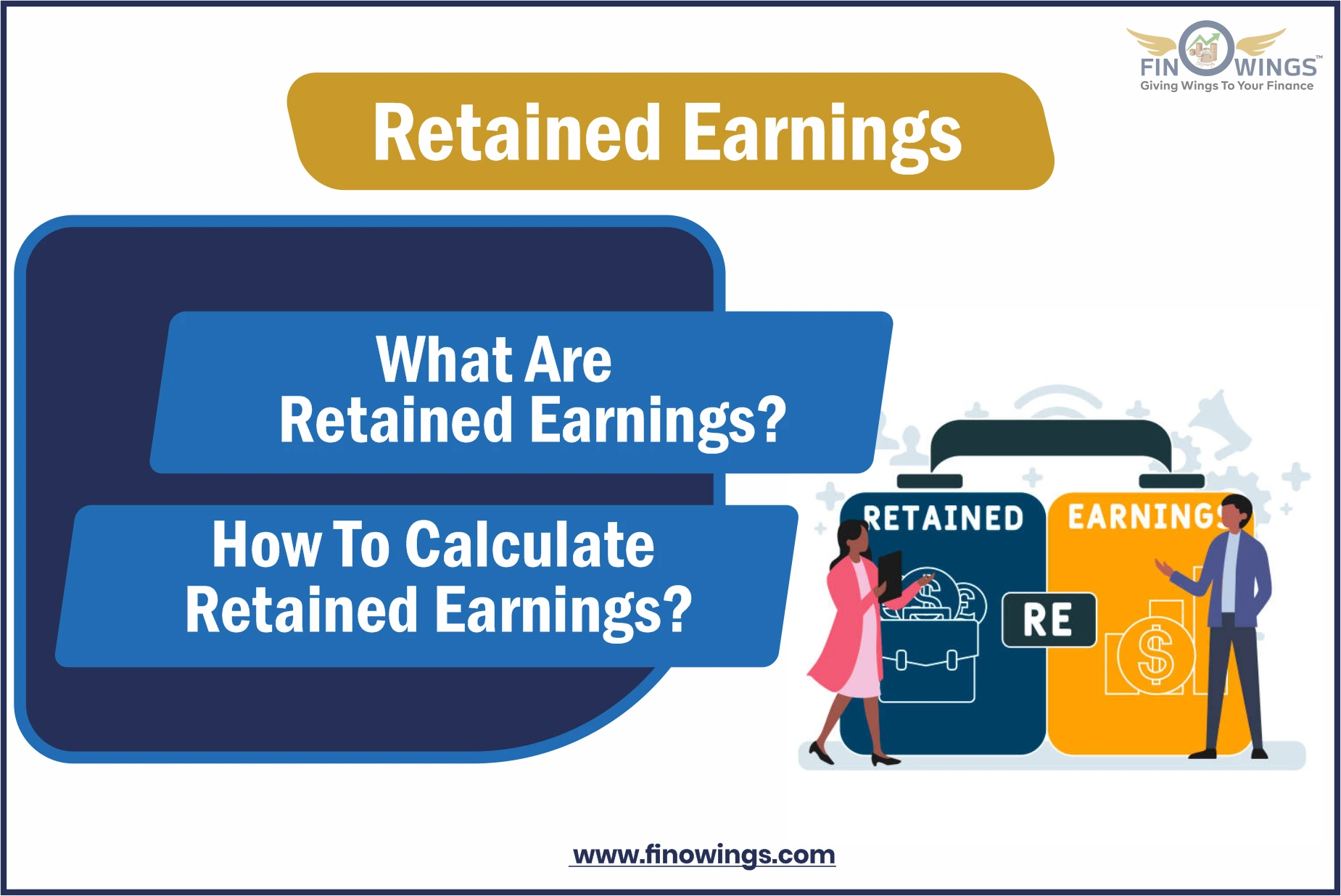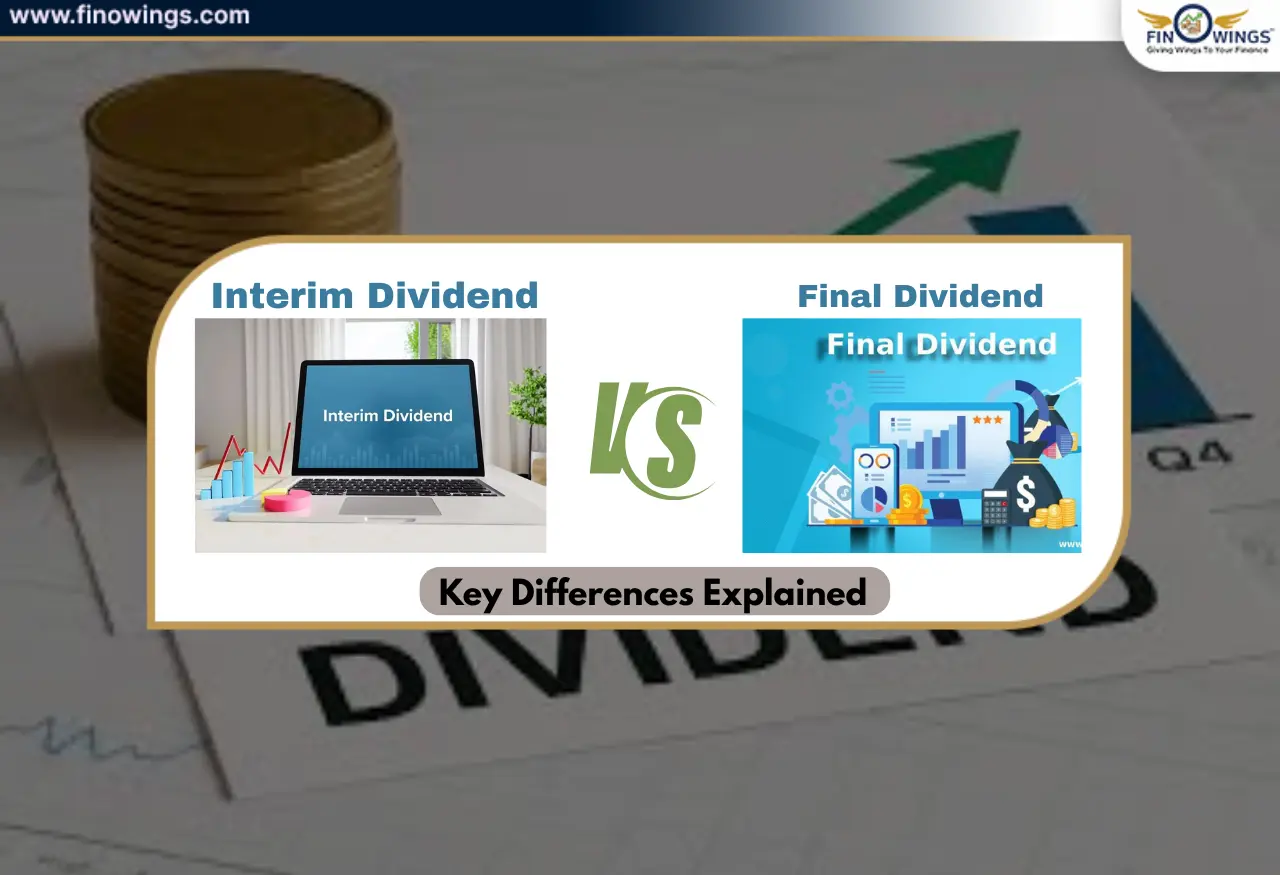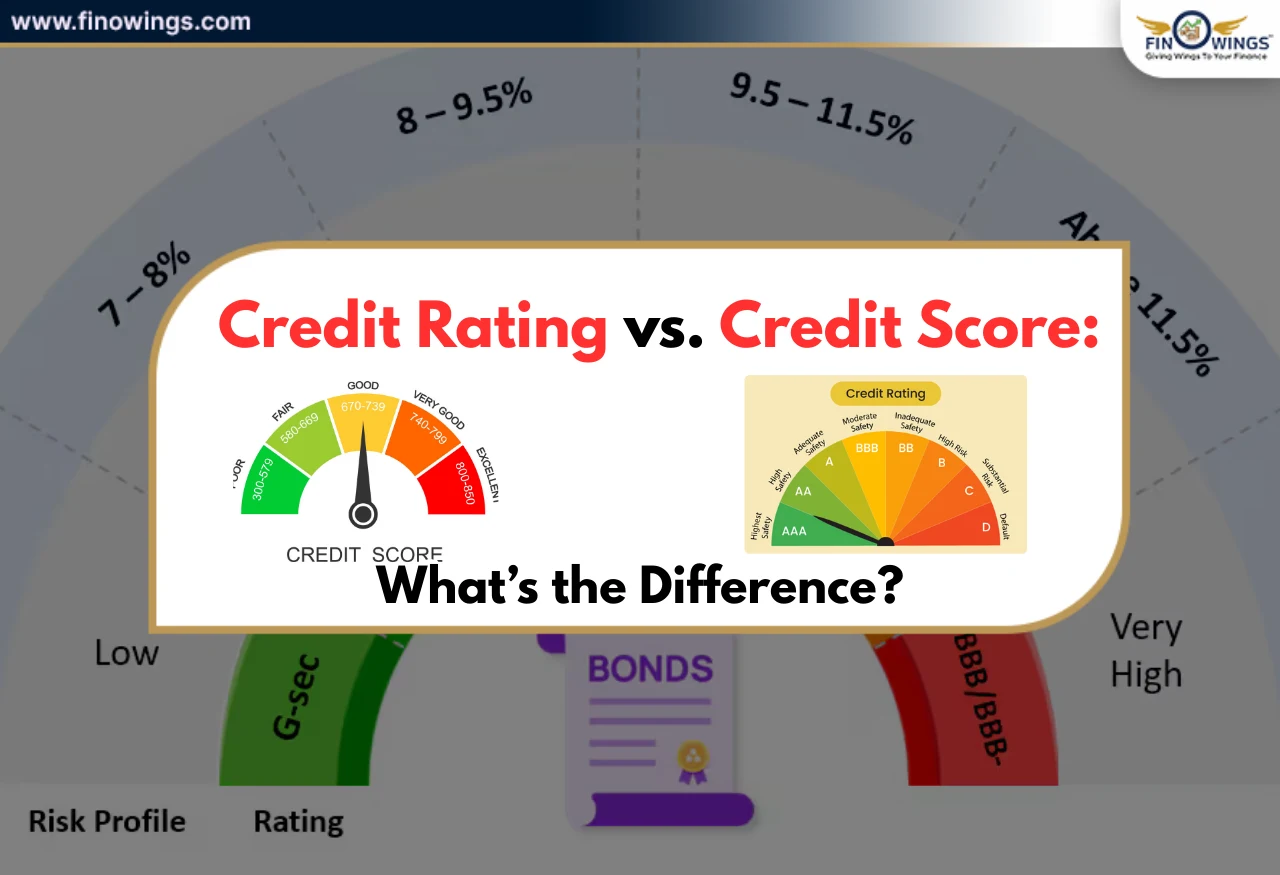Home >> Blog >> Retained Earnings - What Are Retained Earnings? How To Calculate Retained Earnings?
Retained Earnings - What Are Retained Earnings? How To Calculate Retained Earnings?

Table of Contents
- 1. Introduction
- 2. What Are Retained Earnings?
- 3. Understanding Retained Earnings
- 4. What is the equation for retained earnings?
- 5. How to Interpret Retained Earnings?
- 6. Reasons for Low-Retained Earnings
- 7. Management and Retained Earnings
- 8. What Distinguishes Retained Earnings from Revenue?
- Conclusion
1. Introduction
Retained earnings are the earnings that remain with the business after dividends have been paid to shareholders. Retention of earnings is derived from a financial year's worth of corporate profits. If a firm has a net loss in any fiscal year, it is not permitted to distribute dividends or keep profits.
2. What Are Retained Earnings?
Retained earnings statement are a firm's profits minus any dividends or other payments made to shareholders. Every time an accounting affects an income or expense account, this sum is modified. Therefore, a substantial retained earnings balance shows a secure financial situation for the company.
To utilize its retained earnings to finance more firm expansion in sectors like working capital, capital expenditures, acquisitions, research & development, and advertising, a rising corporation typically resists paying dividends. It may also decide not to pay dividends or debt with retained earnings. Retained earnings may also be kept in reserve in anticipation of potential losses, such as those resulting from the sale of a subsidiary or the anticipated result of legal action.
3. Understanding Retained Earnings
-
If there are earnings, a business could employ them to pay out dividends and give shareholders a profit. By shifting the remaining amount of the earnings to reserves, they can keep it. Retained earnings increase the firm's capital and provide funding for growth. A business may decide to put some of its earnings back into its ambitions for growth.
-
A company's shareholders make investments in hopes of seeing a profit. Some shareholders look to the corporation for dividends as a return on their investment. In other instances, investors who purchase shares or make investments in hopes of capital growth anticipate receiving dividends from the business.
-
Dividends can either be tax-free in some countries or subject to taxation based on the recipient's tax bracket. Meanwhile, returns in the form of stock sales that result in capital gains are taxed. As a result, businesses that reinvest their surplus net revenue run a significant risk of experiencing stock or capital gains.
-
The issuance of bonus shares as an incentive to shareholders could be done using retained earnings. Since bonus shares are issued for free, stockholders profit from this structure. To give money refunded to shareholders, the management of a corporation may also purchase back current shares with retained earnings.
4. What is the equation for retained earnings?
The Retained Earnings formula looks like this:
RE = BP RE + Net Income/Loss – Cash Dividends – Stock Dividends
-
RE stands for retained earnings.
-
BP stands for Beginning Period.
Beginning of Period Retained Earnings
Retained profits are shown on the balance sheet at the end of every accounting cycle as the total revenue from the previous year (such as the current year's revenue) and fewer dividends paid to shareholders. The RE ending balance from the prior accounting cycle will transform into the retained earnings starting balance in the following accounting period.
The RE balance might not constantly be a positive value because it could indicate that the net loss for the present period is more than the RE opening balance. On the other hand, it may become harmful if a sizable dividend payment exceeds the retained earnings balance.
5. How to Interpret Retained Earnings?
A corporation is typically more lucrative when it has a greater retained earnings balance sheet.
Greater net earnings and lower dividends to shareholders resulting from greater retained earnings (and vice versa)
-
Company Life Cycle: The age of the organization is a critical element since a low-growth business with few prospects for capital deployment is much more unlikely to pay dividends to shareholders. In other terms, the cash flow from activities covers the necessary reinvestment.
-
Growth Opportunities: For mature businesses, there are fewer chances to raise money for development and to promote development (or the return barrier needs to be met by the risk profile.). That said, a high-growth business with little free cash flow will instead reinvest to maintain its current expansion rate (for instance, capital expenses and research and development).
-
Profit Margins: Another element to consider is a business's profitability. For development businesses operating in highly competitive markets, market players would only be able to pay dividends to shareholders if they chose to.
-
Dividend Policy: The firm's dividend plan is the following crucial factor to consider. Considering the equation mentioned, the connection between the two must be rather obvious, i.e., a corporation that regularly gives dividends will have lower retention, all other things remaining equal. The administration groups of publicly traded businesses are typically highly hesitant to reduce dividends, even if a business performs poorly, for fear of sending a bad signal to the marketplace that could lead to a significant decline in the present share cost.
-
Cyclicality: The firm's cyclicality can also play a role; for example, whenever a business works in a highly cyclical sector, the administration group sets aside additional earnings as a risk-averse precaution in the event of an imminent downturn.
6. Reasons for Low-Retained Earnings
A firm's retained profits balance could probably turn negative, which is reported as an "accumulated deficit" on the records if it continuously experiences significant losses at the net revenue line item.
Although the first situation should raise some red flags, an excessive dividend payment, such as dividend recapitalization in LBOs, might also lead to a negative balance.
As a rule of thumb, if the retained profits balance is steadily increasing in size, this shows a history of profitability (and a more optimistic outlook).
A more pessimistic perspective would suggest that the administration needs help identifying worthwhile development prospects and lucrative investments, given the surge in retained earnings.
7. Management and Retained Earnings
-
The organization's management often decides whether to keep the profits or divide them among the shareholders. Since they are the actual proprietors of the corporation, the shareholders could overturn it by a majority decision.
-
For several factors, management and shareholders may prefer that the business keep the profits. First, the management may consider a more significant project because they are more knowledgeable regarding the marketplace and the firm's operations and may believe it can produce considerable future profits.
-
Over time, these measures might produce superior returns for the firm's stockholders than dividend payments. Rather than dividend payments, management and shareholders can elect to pay off high-interest debt.
-
As compensation for investing their funds in the business, some long-term shareholders may anticipate receiving dividend payments whenever a business has a revenue surplus. Investors seeking short-term returns could also favour dividend payments that provide immediate gains.
-
The management of the organization often adopts a fair strategy. It creates a win-win situation by paying out a small proportion of dividends while keeping a sizable share of the profits.
8. What Distinguishes Retained Earnings from Revenue?
Sales and retained earnings are crucial when assessing a firm's financial health, but they show various parts of the economic outlook. When discussing a business's financial performance, the income figure, which appears at the beginning of the financial statements, is frequently known as the top-line figure.
Income is a business's revenue made before operational costs, and overhead charges are subtracted. Because the total amount is determined before any deductions, income is sometimes referred to as gross sales in specific sectors.
The part of a firm's total profit that is retained back and set aside for later use is known as retained earnings. For example, retained earnings can be used later to fund a growth initiative or distribute dividends to stockholders. Although retained profits are the amount of net revenue a corporation has saved over time, they are tied to net (compared to gross) income.
Conclusion
There may be disagreements between the management and the shareholders on using and retaining earnings. For example, the shareholders may prefer an annual report on investment in dividends. Likewise, there can be a group of shareholders who choose to reinvest and grow the corporations in anticipation of a future increase in the share cost.
Therefore, the management will likely adopt a balanced strategy by paying out a proportion of the income as a dividend and holding onto the remainder as retained earnings.
Author
Frequently Asked Questions
The amount of profit a business keeps after paying all of its direct and indirect expenses, income taxes, and dividends to shareholders is known as retained profits. This is the percentage of the company's equity that may be utilized, for example, to fund the purchase of new machinery, research and development, and marketing.
The total income that a firm keeps for itself is known as retained earnings. Your retained earnings are $1,600 if your business paid out $2,000 in dividends
The amount left over after deducting expenses from revenue is known as net income. Retained earnings, on the other side, are the remaining total revenue after dividend payments. To determine your total revenue, sometimes referred to as net profit, you must be aware of it.
















